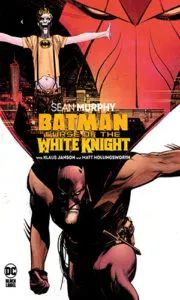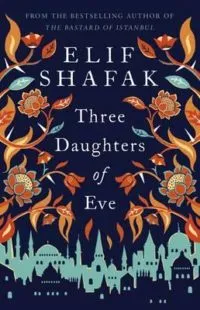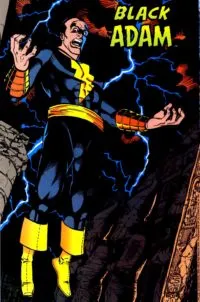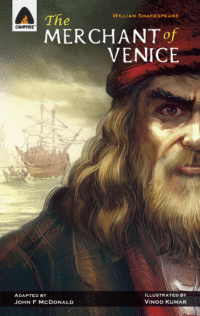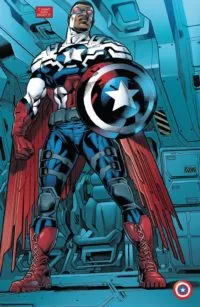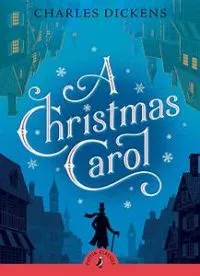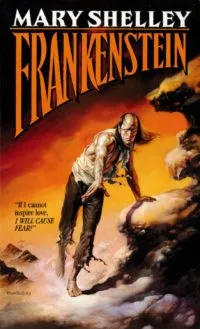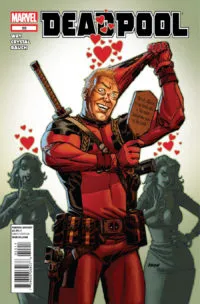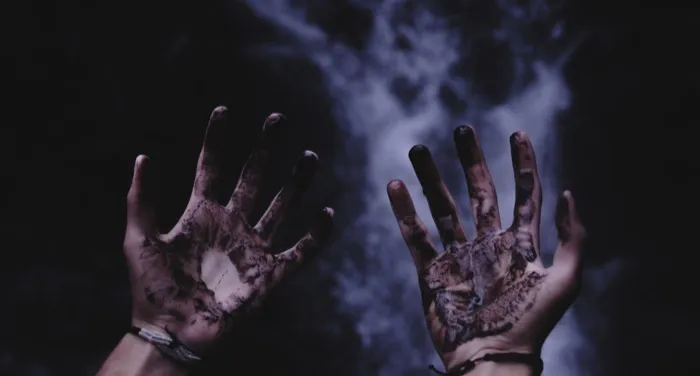
8 Books Where Villains Turn Into Heroes
Who doesn’t love a good redemption arc? There’s always something to be said for seeing villains turn into heroes in our favourite stories. After all, most of us find an escape in our favourite stories. And when things get bad, letting ourselves believe that there is some good worth waiting for, a happy ending for even the most hopeless of characters, can be a good way to take a break from reality.
I think the term villain itself can be understood in so many ways. Especially with something as diverse as books and stories, where characters can take any form and go down any path. While the villains in fairytales and superhero books are much clearer, I think we all can agree that villains aren’t always conventionally bad. And sometimes, perspective means everything. Which is why the characters you’ll see in the list below aren’t all your run-of-the-mill weapon-holding evil villains. They embody the word in different ways and explore different ‘evils’ depending on the world they exist in. Some are misunderstood. Others are villainised on purpose – but all of them somehow find their way towards better ends.
Professor Azur – Three Daughters Of Eve
Elif Shafak’s Three Daughters of Eve is quite a deep read in itself, but the development of Professor Azur’s character is perhaps the most intriguing. Introduced by a mere picture, the Professor is first shown to be the centre of a decade old controversy that had him lose his job over allegations of assault. Even in flashbacks, many see him as coldhearted and rude – with one student even making it a goal to destroy him. It is only at the very end it is revealed that it former student Peri’s failure to show up at his trial is what leads to his conviction.
Azur’s story in many ways is more about being villainised than being a villain. But as the importance of optics and the power of rumours shows us – both can be equally damning. Nevertheless, when Peri decides to revisit her past over 10 years later we see he is not quite the villain the whole world thinks him to be.
Sasha – This House Of Clay And Water
This House of Clay and Water is a book that depicts character arcs in a much more contextualised way. I wanted to add this book and Sasha’s character in particular because of the way her journey from villain to hero is highly relative to the society she lives in. Sasha is initially everything a woman is not allowed to be in Pakistani society. Her sexual promiscuity and preference for social life over being a doting mother make her the villain in the lives of all those around her.
Yet as tragedy rips the ground from beneath her feet we see her turn to a much more accepted persona as it is her friend who now takes the ‘dark’ path. Sasha’s journey is one of extremes. She leaps from one end of the spectrum to the other. Yet the fact that one is more clearly villainised than the other is an indication of how easy it is to switch around what such stark labels mean depending on who says them and where and when they are used.
Black Adam – DC Comics
In contrast to the journeys of the previous two characters is DC’s Black Adam. There’s only so much conversation that can happen around villainous journeys without some good old fashioned supervillains anyway.
Black Adam first appeared in the 1970s as one of the archenemies of Captain Marvel. Initially a corrupted ancient predecessor of Captain Marvel whose only goal is to bring down the Marvel family, Black Adam was soon reformed into somewhat of an antihero. In separating himself from the murderous Theo Adam, Black Adam is able to take on somewhat of a redemption arc.
Shylock – The Merchant Of Venice
Who can forget Shylock’s heartwrenching speech in Shakespeare’s famous The Merchant Of Venice. What started off as a character that was clearly made out to be the villain as a reflection of antisemitic beliefs at the time was completely turned around at his speech. Whether or not he really becomes a hero in the literal sense of the word is up for debate, but we definitely see a different side to the character that was previously quite one dimensional.
Instead of the cruel, harsh businessman he is first shown to be, Shylock now becomes a lot more human and particularly by the end when he is forced to give up all he has – including his religion – audiences can sympathise with even some of his worse actions as being forced by necessity rather than choice.
Falcon (Sam Wilson) – Marvel Comics
What is initially a happy childhood turns sour when young Sam Wilson encounters racism as a young teen and loses both his parents to murder. His experiences leave him jaded. Wilson adopts an alternate persona, “Snap” Wilson, as a professional gang member.
His tryst with the dark side comes to an end on Exile Island where Red Skull fuses him with Redwing, a falcon Wilson befriends, and makes him forget his past as “Snap”. Even though he is befriended by Captain America and helps him on his mission, some might argue that this was not when he truly became a hero. Rather it was when his memories returned but he chose to stay on the side of good that he really embodied his hero self.
Ebenezer Scrooge – A Christmas Carol
There’s hardly a child around who isn’t familiar with the mean old Ebenezer Scrooge. Of course some may find it hard to accept Scrooge’s turn of character as fully genuine. Mostly because it only comes about because the literal Grim Reaper knocks on his door and gives him an ultimatum.
But I suppose in some ways it does show us that it’s never too late to turn over a new leaf, and there’s always a little hero in everyone.
Frankenstein’s Monster – Frankenstein
I suppose in this case most of the villainry of the character comes from the title of monster itself. And yes he wreaks havoc and destruction, but is that destruction intentional or is just because he knows nothing else? His villainy is his revenge against Frankenstein when he is shunned by human society. He embarks on a journey to destroy everything his creator holds dear.
However, at the end, he does eventually learn kindness and even French. He greatest desire is to find love and acceptance and much of his journey towards being somewhat of a hero has come from many seeing the monster as a metaphor for the evils of a society that shuns him rather than being the monster himself.
Deadpool – Marvel Comics
Perhaps Marvel’s most controversial lead character, Deadpool is neither good nor evil. He was first depicted as a supervillain in The New Mutants and later issues of X-Force. Much of his changing history and persona comes from the fact that he suffers from a mental condition that leaves him unable to remember his past.
His disassociation with his past is mainly what allows him to blur the lines between good and bad, which can be taken as an indication that holding on to our past can often be limiting for our growth into better people.
I wanted to chose unconventional villains because the concepts of heroism and villainy aren’t as black and white as children’s stories would have us believe. The journeys that these ‘villains’ explore that turn them into ‘heroes’ are all vastly different from each other. Yet each says the same thing. We can choose to grow and change no matter how difficult. How we do it is dependent on who we are and who we want to be.



